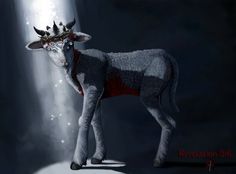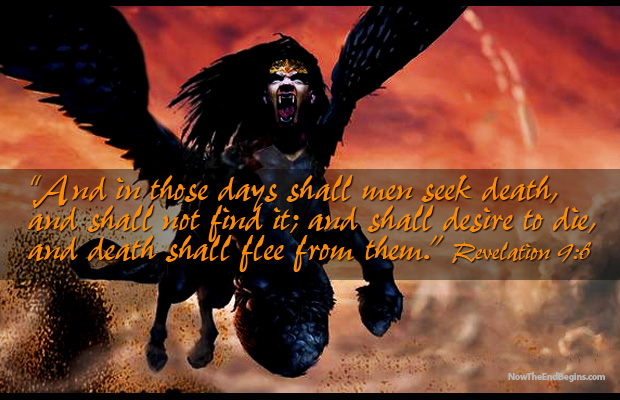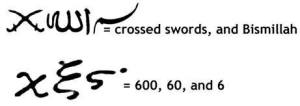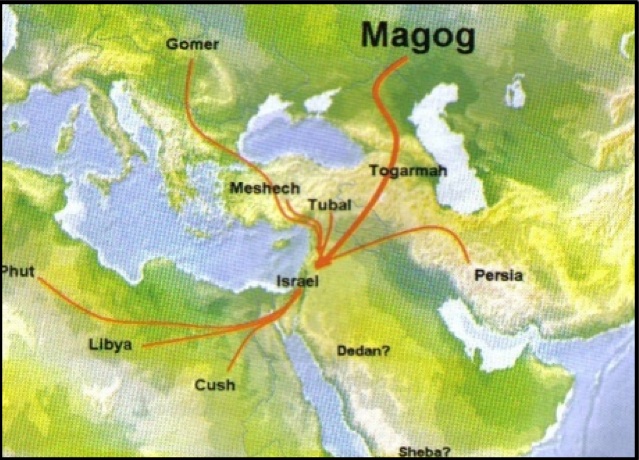 The following are my brief notes written as a Sunday School introduction for adults to the book of the Revelation that I taught May 13, 2018 at New Life Assembly of God in Ellendale, ND.
The following are my brief notes written as a Sunday School introduction for adults to the book of the Revelation that I taught May 13, 2018 at New Life Assembly of God in Ellendale, ND.
What is “apocalypse”? It is a “revealing” of something. This book belongs to a broader genre of writings known to the second temple period of Jewish writings (and early Christian writings) that involved visions, dreams, angelic guides, experiences of the heavenly realm/s all with an eye (and ear) toward the culmination of all things wherein God will set everything right in final judgment (with reward and punishment).
Introduction (1.1-3) – What is the point of this book? Jesus! And remaining faithful to Jesus no matter what comes as God’s self-giving revelation testified to in the Spirit. If we get distracted by anything else in the Revelation than we miss the very point.
Traveling with John the Revelator (these reveal one cannot follow John of their own accord toward understanding)
- In the Spirit on the Lord’s Day (1.10)
- In the Spirit in Heaven (4.2)
- In the Spirit in the Desert (17.3)
- In the Spirit to a great and high mountain (21.10)
On “hearing” and “seeing” in the Apocalypse
- 1.3 – Blessed are those who hear… others of the seven beatitudes (14.13; 16.15; 19.9; 20.6; 22.7, 14)
- Overcomers “hear” in faithfulness and obedience: 2.7, 11, 17, 26-29; 3.5-6, 12-13, 21-22.
- Hearing and seeing function to highlight and expound (offering interpretations and expansions of each other to further the knowing and worship of those who would hear and see), examples: 1.10-20; 5.1-14; 7.1-17.
A hearing and seeing of sevens (suggesting there is much more than what meets the ears and eyes in the enumeration):
- Horns and Eyes/Spirits (5.6)
- Churches (and their angels: 2-3)
- Seals on the scroll (5-8.5)
- Trumpets (8.6-11.19)
- Thunders (silenced: 10.3-4)
- Bowls with plagues (15-16.21)






